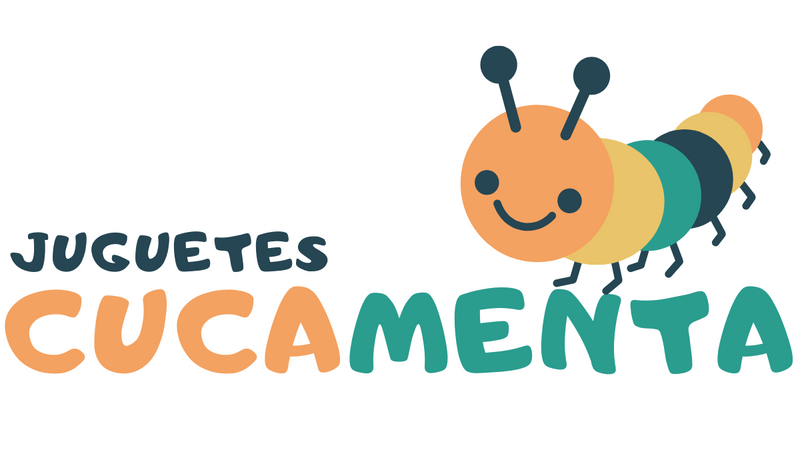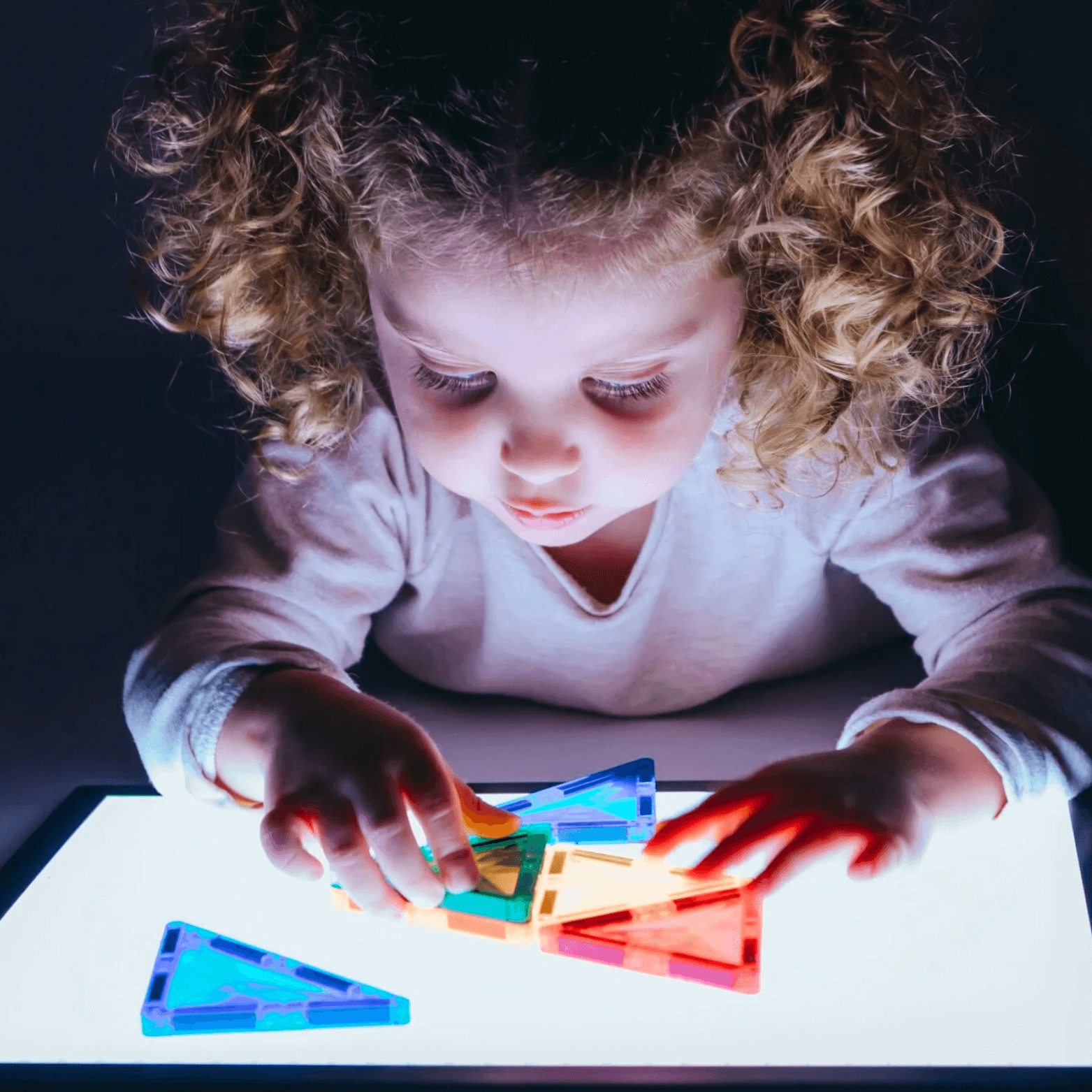Light tables are one of the most versatile, complete and wonderful toys that you can buy for your children, both for the benefits they offer for their development and for the immense amount of activities they allow them to enjoy. And not only for our short crazy people, as that old television show called them.
For adults, these objects also have multiple purposes: they can be used to review photographic films, trace drawings in the field of graphic arts, design comics, decorate interiors or view x-rays in hospitals. But as always on this blog, it's the little ones' turn. You are about to learn all the uses and benefits of light tables for children.
What is a children's light table?

A traditional light table is, broadly speaking, a horizontal light box. It is a translucent surface that illuminates from behind, allowing you to see those things placed on it in high contrast.
Especially in the preschool age, children's light tables - which can be of different sizes, simpler or more elaborate, with DIY creations and different accessories - have gained popularity in recent times.
The reason? It is a very attractive educational resource that allows them to experiment on a sensory level, give a new dimension to materials and make their own artistic creations.
As explained by the Children's Health Foundation, the light tables belong to the Reggio Emilia educational approach, a pedagogical approach that emerged in Italy after World War II .
Its creator, Loris Malaguzzi, argues that the knowledge that students acquire must be done through observation and experimentation, so that the child is the protagonist and learns motivated by imagination, curiosity and motivation.
Space is the third teacher, after the child himself and the teacher as a guide. In this pedagogical proposal, the light tables are part of the provocations, a term that designates those activities arranged with the intention of stimulating, challenging or causing some effect on the child.
This material encourages them to reflect, sensory stimulation and manipulate resources to build their own learning universe.
7 benefits of using light tables for children
- They increase their curiosity : the soft and captivating shine of translucent materials stimulates their attention and improves concentration and also their observation skills, as they can focus on subtle details.
- They provide the perfect opportunity to develop problem-solving skills, pattern and color recognition, and language development.
- For preschoolers, working with light boxes is great for promoting fine motor skills, hand-eye coordination, and even prewriting.
- They stimulate your imagination: Colors and lights are enhanced, allowing an improvement in the ability to create your own visual images, work on lateral thinking, explore artistic and chromatic experimentation, explore scientific discovery and encourage free play.
- They enrich any academic activity : The light table enriches and makes any learning activity more charming and playful, also aligning with the basic principles of the Montessori method and allowing them to learn in a self-directed, collaborative way and at their own pace.
- They serve to enhance multiple skills , from literacy to music, science or mathematics, as well as color and pattern recognition, language learning or spatial awareness in the little ones.
- They accept a wide variety of accessories , from 3D blocks with geometric shapes to magnets, transparent counting chips, animal silhouettes, letters, buttons, printing papers, kinetic sand or paper constructions.
On the light table, children can paint in watercolor, draw with all kinds of materials, make collage, melt ice with colored drops, create molecular structures with bricks, gather objects from nature such as shells, feathers, flowers or leaves, make crafts, writing on sand, salt or shaving foam, sorting cards by color and much more.
Buy children's light tables (and their accessories)



0 comments